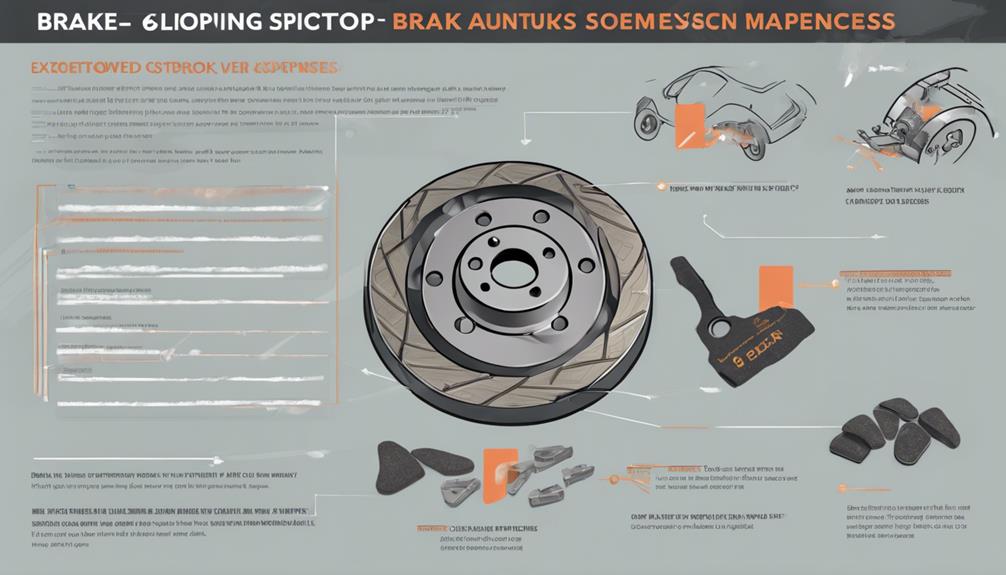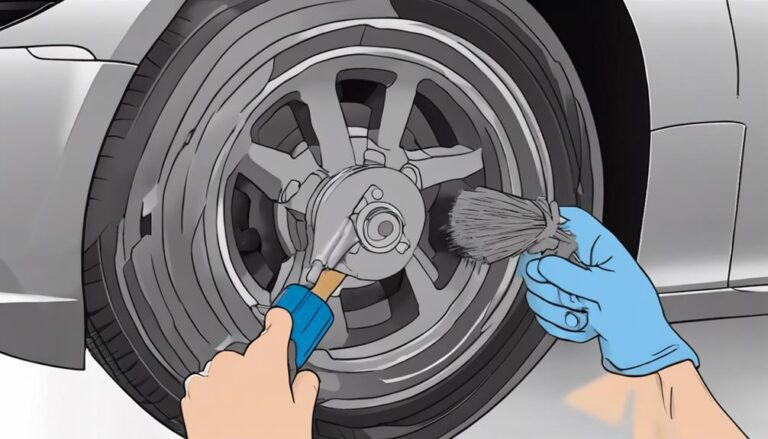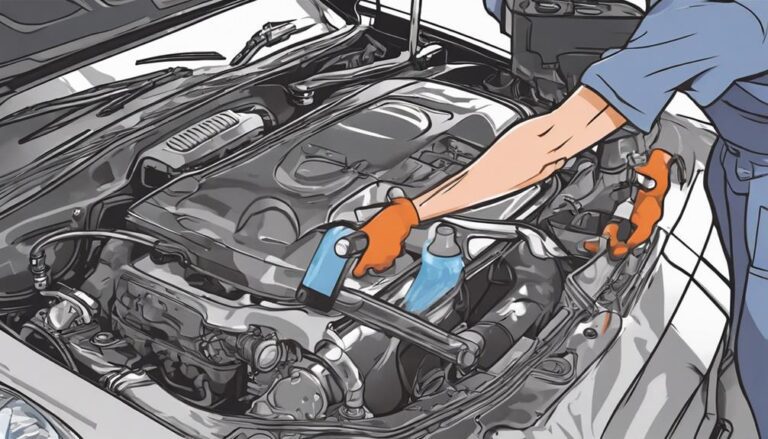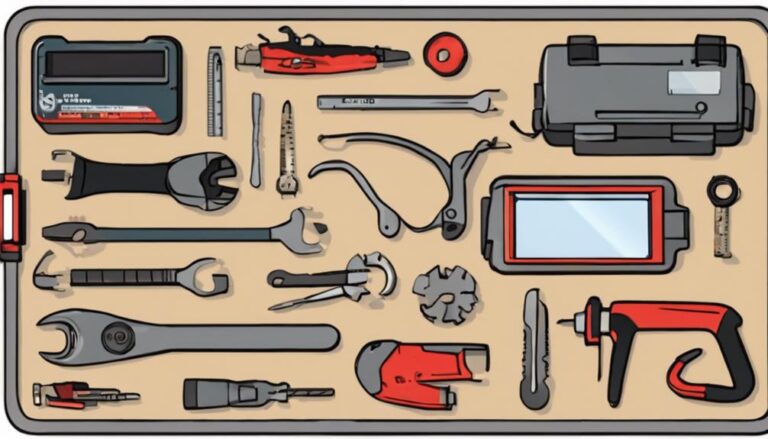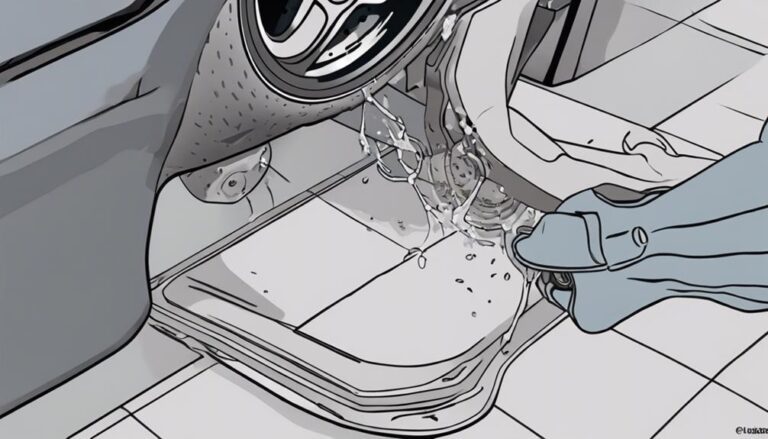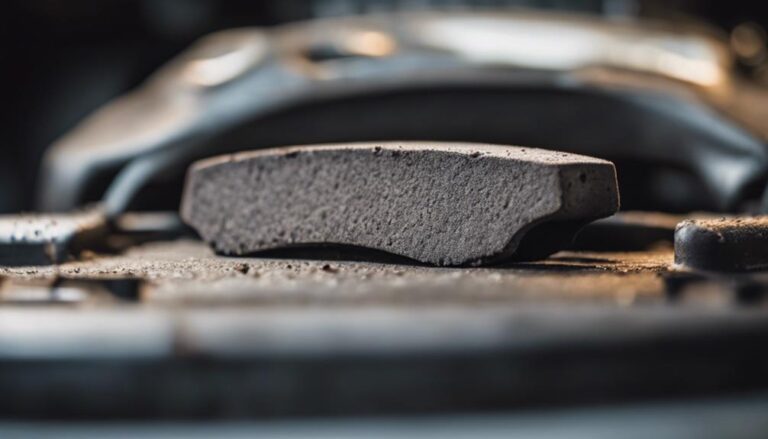Understanding Brake System Maintenance Costs: A How-To Guide
Are you aware of the factors influencing brake maintenance expenses?
Understanding the intricacies of brake system maintenance costs can save you from unexpected financial strains.
By unraveling the details behind brake pad replacements, rotor resurfacing, labor charges, and cost-saving tips, you can navigate the realm of brake maintenance with confidence.
Stay tuned to discover valuable insights that could help you make informed decisions about your vehicle's brake system upkeep.
Key Takeaways
- Vehicle specs and local rates influence brake maintenance expenses.
- Opt for timely maintenance to save long-term costs.
- Use quality components for better performance and savings.
- Make informed decisions to optimize brake system maintenance.
Factors Affecting Brake Maintenance Costs
When considering brake maintenance costs, the factors influencing the expenditure can vary significantly based on vehicle specifications and local labor rates. Various cost factors come into play, including the type of vehicle you own, as different makes and models can impact maintenance expenses due to variations in parts and labor costs.
Local labor rates also play a crucial role, with higher rates leading to increased overall expenses for brake maintenance services. Ensuring timely maintenance can result in maintenance savings in the long run, as neglecting regular brake service can escalate minor issues into major repair needs with associated higher costs.
Additionally, the extent of brake service required, such as pad replacement, rotor resurfacing, or fluid flush, directly influences the total maintenance costs. Investing in quality brake components, like premium pads or rotors, may initially raise maintenance expenses but can offer better performance and longevity, ultimately contributing to potential maintenance savings over time.
Brake Pad Replacement Cost Breakdown
To break down the cost of brake pad replacement, it's essential to consider factors such as the type of pads used and associated labor expenses. When comparing brake pad materials, it's crucial to understand how they affect cost and performance:
- Brake Pad Cost Range: Average brake pad replacement costs vary between $100 to $300 per axle. Premium ceramic brake pads can cost up to $150 per set, offering better performance, while budget options may be as low as $35 per set.
- Labor Expenses: Labor costs for brake pad replacement typically range from $80 to $120 per axle. This cost is in addition to the price of the brake pads themselves.
- DIY Brake Pad Replacement: Opting for DIY brake pad replacement can help you save on labor costs. However, ensure you have the necessary skills and tools to complete the job correctly.
Understanding these cost breakdowns can aid in making informed decisions when it comes to maintaining your brake system efficiently.
Understanding Rotor Resurfacing Expenses
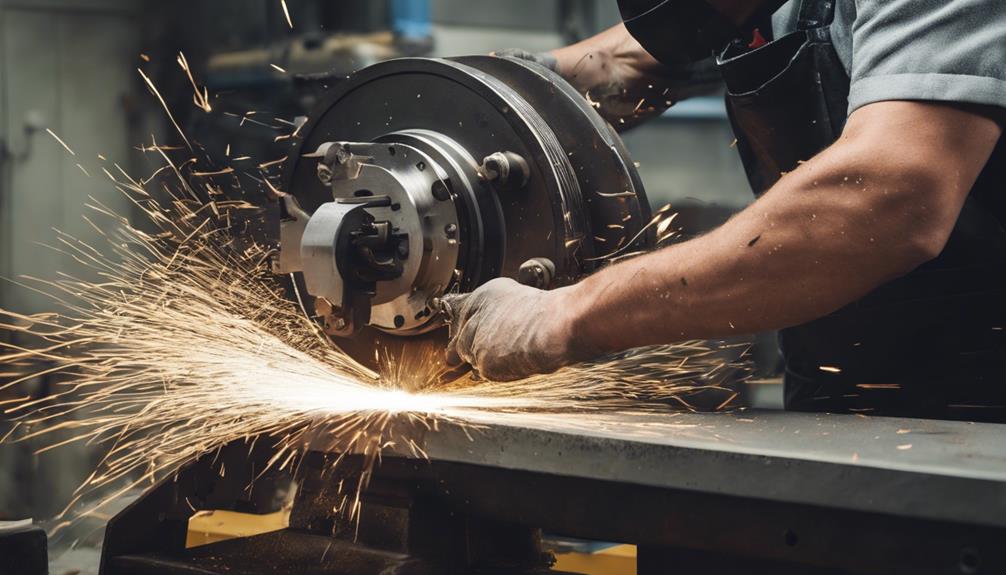
Rotor resurfacing expenses typically range from $15 to $30 per rotor, a crucial aspect of maintaining optimal brake performance and prolonging the life of your brake system. Rotors may require resurfacing when rotor wear indicators show uneven wear or grooving, affecting braking efficiency. DIY resurfacing techniques can be cost-effective if you have the necessary tools and skills. By resurfacing the rotors, you can restore a smooth surface, enhancing the contact between the rotor and brake pads for improved braking performance.
Regular maintenance, including timely resurfacing, is key to preventing the need for costly rotor replacements, which can range from $200 to $400 per axle. Proper rotor care not only saves you money but also ensures safe braking and extends the lifespan of your brake system. Keep an eye on your rotor condition, address any issues promptly, and consider resurfacing as part of your routine brake system maintenance to optimize performance and safety.
Labor Charges for Brake System Maintenance
Labor charges for brake system maintenance play a significant role in the overall cost, typically ranging from $80 to $120 per axle. The efficiency of labor directly impacts the time spent on brake maintenance tasks and consequently affects the final price you pay. To optimize labor costs and ensure quality service, consider the following:
- Skilled Technicians: Employing experienced technicians can enhance labor efficiency by reducing the time needed to diagnose and repair brake system issues accurately.
- Utilize Specialized Tools: Technicians using specialized tools can work more efficiently, completing tasks quicker and potentially lowering labor charges.
- Regular Maintenance: Ensuring regular brake system maintenance can prevent major issues, reducing the need for extensive labor-intensive repairs and saving costs in the long run.
Cost-saving strategies can help minimize labor charges while maintaining the quality of brake system maintenance. By focusing on labor efficiency and implementing smart cost-saving techniques, you can effectively manage your brake maintenance expenses.
Tips for Minimizing Brake Repair Costs
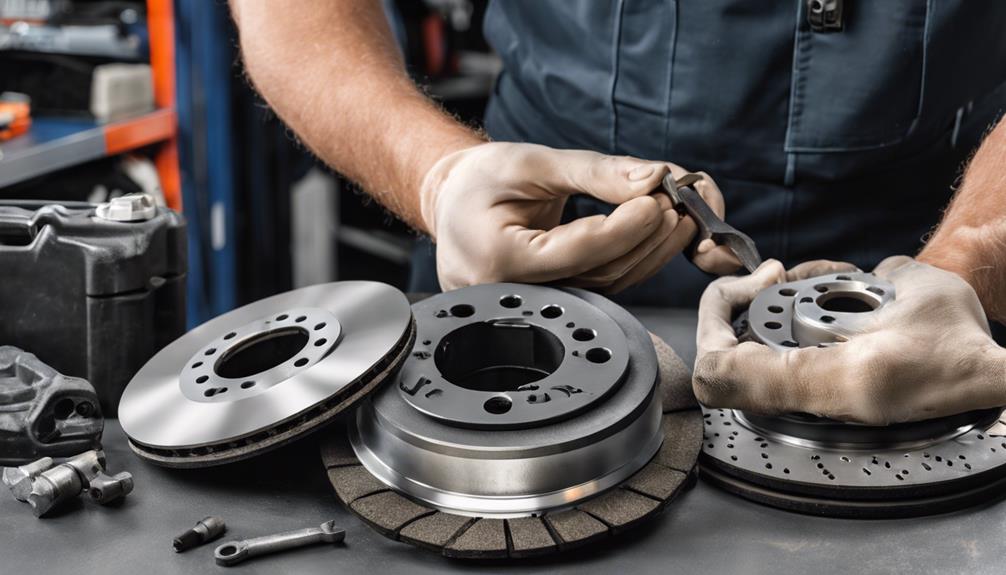
Considering the importance of minimizing brake repair costs, implementing cost-saving strategies can significantly impact the overall maintenance expenses. One effective tip is to consider DIY brake maintenance. Regularly inspecting your brake pads and replacing them when needed can prevent costly rotor damage. Brake pads typically cost between $100 to $300 per axle, much cheaper than having to replace rotors.
Additionally, resurfacing brake rotors can be a budget-friendly option, costing $15 to $30 per rotor, compared to the $200 to $400 per axle for replacements. Another tip is to proactively check and maintain your brake lines to avoid costly repairs. Repairing corroded or damaged brake lines can range from $100 to $200, but a full replacement may exceed $1,000 due to labor-intensive work.
Frequently Asked Questions
How Much Does It Cost to Service a Brake System?
Servicing a brake system typically costs between $300 to $800, encompassing brake pad replacements, rotor and caliper expenses, and labor fees per axle. Brake fluid flushes may add $70 to $100, ensuring optimal brake performance.
How Much Should a Brake Job Cost With Rotors and Calipers?
When getting a brake job with rotors and calipers replaced, expect costs ranging from $300 to $800 per axle. Additional expenses for rotor replacement ($30-$75 per rotor) and caliper inspection ($130 each) apply.
How Do You Do Brake Maintenance?
When checking brake maintenance, you should first inspect brake pads, rotors, calipers, and fluid levels regularly. Don't forget to lubricate moving parts. This routine helps prevent accidents, ensures optimal brake performance, and extends brake component lifespan.
What Are the Things That You Should Consider in Servicing Brake System?
When servicing your brake system, consider brake fluid for optimal performance. Inspect brake pads regularly as they wear out over time. Prioritize maintenance to ensure safety while driving. Stay informed to prevent costly repairs.
Conclusion
So, now you know all about brake maintenance costs and how to minimize them.
Remember, neglecting your brakes can lead to costly repairs and even accidents. Stay on top of your maintenance schedule, keep an eye out for warning signs, and don't hesitate to get your brakes checked.
After all, a small investment in maintenance now can save you from a major expense later on.
Drive safely and smartly!

